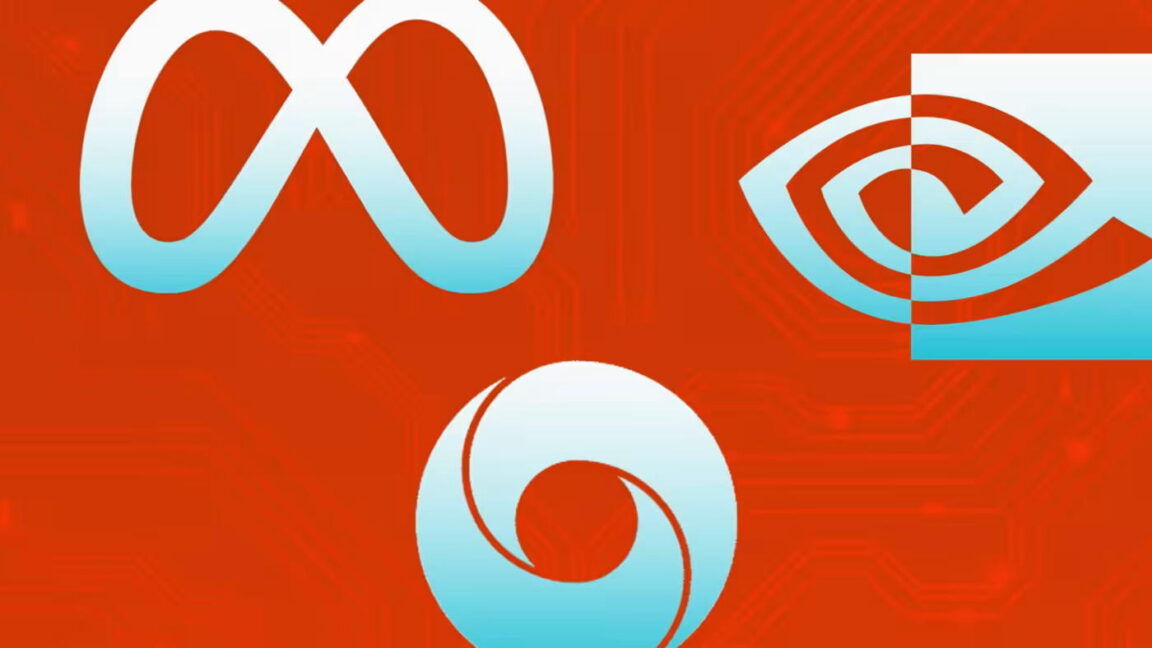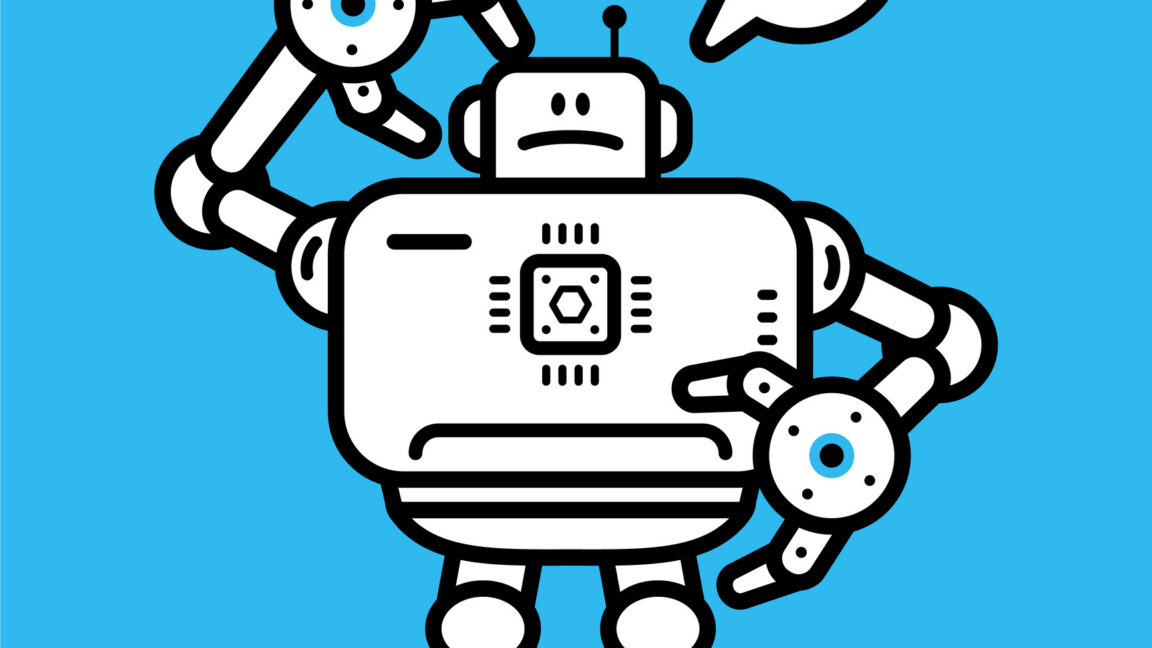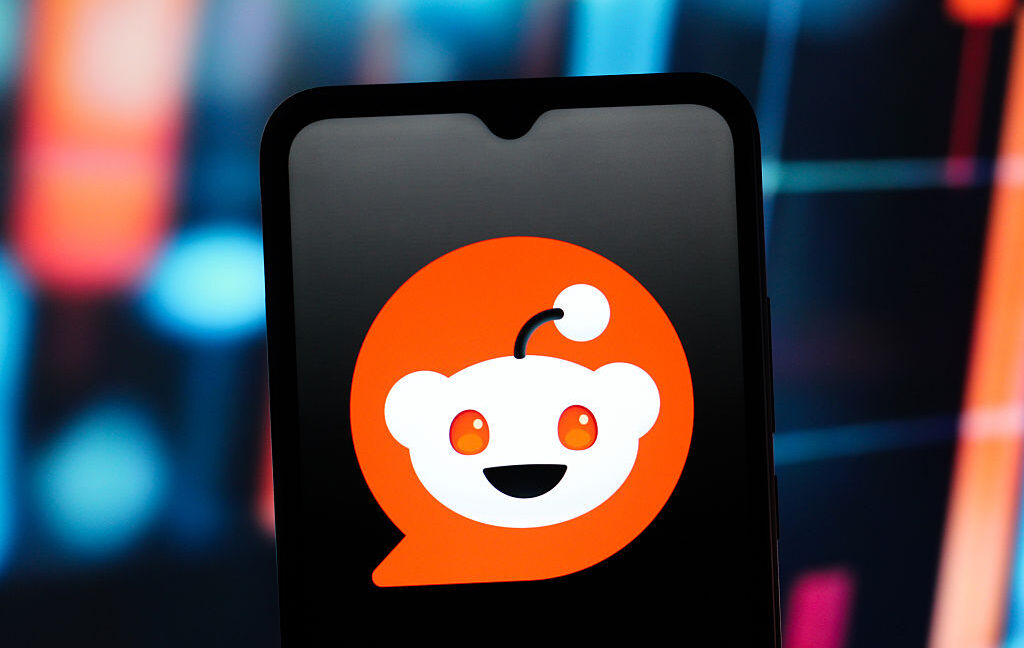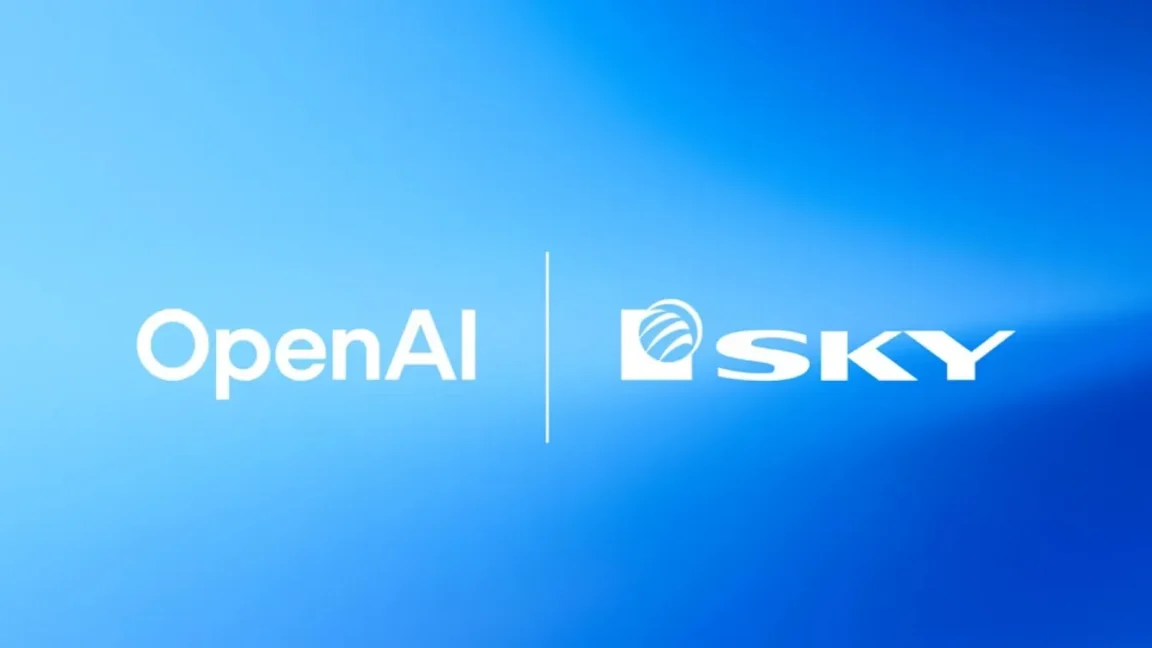Introduction to World Models
The field of artificial intelligence (AI) is rapidly advancing, with new technologies emerging that have the potential to revolutionize various industries. One such technology is world models, which are being developed by companies like Runway, Niantic, and Nvidia. These models use vast amounts of physical data to create simulations of the real world, allowing for personalized stories and characters to be generated in real-time.
How World Models Work
Traditional video methods use a brute-force approach to pixel generation, trying to create the illusion of movement by squeezing motion into a few frames. However, this approach has limitations, as the model doesn’t really understand what’s happening in the scene. World models, on the other hand, use general-purpose systems to reason about the world, creating more realistic simulations. To build these models, companies need to collect a huge amount of physical data about the world.
Collecting Physical Data
Niantic, a San Francisco-based company, has mapped 10 million locations, gathering information through games like Pokémon Go, which has 30 million monthly players interacting with a global map. Even after the game was sold to US-based Scopely, its players still contribute anonymized data through scans of public landmarks to help build Niantic’s world model. This data collection has given Niantic a "running start" in developing its world model.
Applications of World Models
World models have the potential to revolutionize various industries, including robotics, gaming, and entertainment. Nvidia’s Omniverse platform creates and runs simulations, assisting the company’s push toward robotics and building on its long history of simulating real-world environments in video games. Runway, a video generation start-up, has launched a product that uses world models to create gaming settings with personalized stories and characters generated in real-time.
Future of World Models
The potential scope of world models is extensive, according to AI experts. These models "open up the opportunity to service all of these other industries and amplify the same thing that computers did for knowledge work," said Nvidia’s Lebaredian. However, some experts, like Meta’s LeCun, believe that achieving human-level intelligence with physical AI could take 10 years.
Conclusion
World models are a cutting-edge technology that has the potential to revolutionize various industries. With companies like Runway, Niantic, and Nvidia working on developing these models, we can expect significant advancements in the field of AI. As the technology continues to evolve, we can expect to see more realistic simulations and personalized experiences in gaming, entertainment, and other industries.
FAQs
Q: What are world models?
A: World models are simulations of the real world, created using vast amounts of physical data.
Q: How do world models work?
A: World models use general-purpose systems to reason about the world, creating more realistic simulations than traditional video methods.
Q: What are the potential applications of world models?
A: World models have the potential to revolutionize various industries, including robotics, gaming, and entertainment.
Q: How long will it take to achieve human-level intelligence with physical AI?
A: Some experts believe that achieving human-level intelligence with physical AI could take 10 years.
Q: Which companies are working on developing world models?
A: Companies like Runway, Niantic, and Nvidia are working on developing world models.











